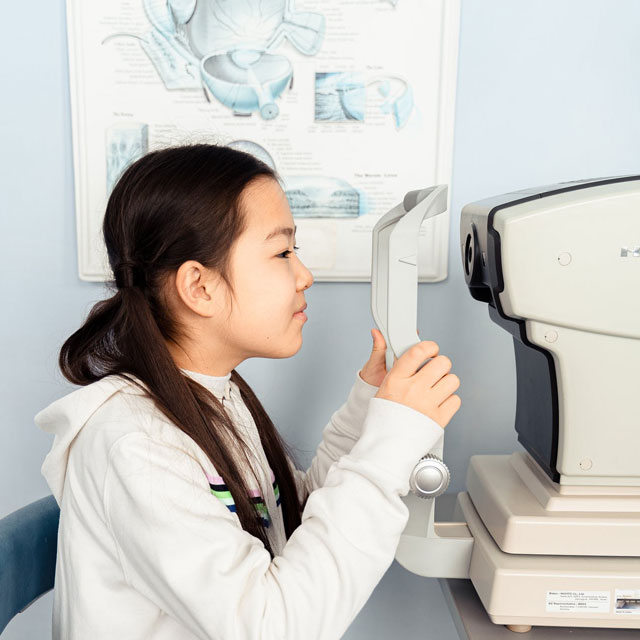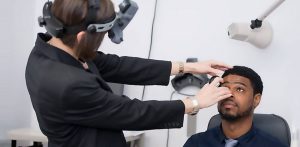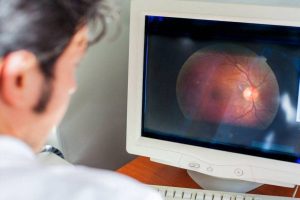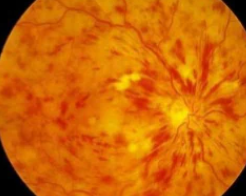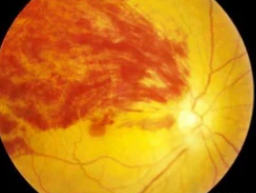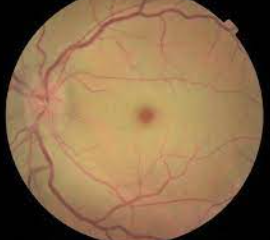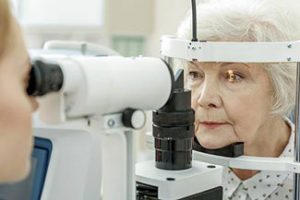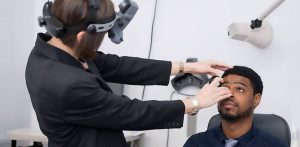Retinitis pigmentosa is one of the most frequently occurring forms of inherited retinal degeneration, affecting around 1 in 4,000 people, worldwide.
What is Retinitis Pigmentosa?
Retinitis pigmentosa (RP) is a rare, genetic, ocular disease that causes retinal damage and permanent vision loss.
The retina is the light-sensing back part of the eye which collects the light of whatever we are looking at and sends as neural signals to the brain.
In the initial stages of this condition, the retinal cells begin to degenerate in the part of the retina responsible for mid-peripheral vision— causing decreased night vision (nyctalopia), mid-peripheral visual field loss and difficulty seeing in low light.
The rapid progression of the disease continues to destroy cells throughout the peripheral visual field— resulting in tunnel vision— where only images located in the center of the visual field are seen.
The later stages of this disease affects the central part of the visual field. This results in significant loss of functional sight and color vision, reduced visual acuity, and eventually blindness for most patients.
Retinitis pigmentosa typically develops in childhood or adolescence. The rate of disease progression varies from patient to patient, but generally leads to significant vision loss and for many patients, total blindness by 40 years of age.
If you experience blurry vision, contact an eye doctor near you, who can diagnose and treat the condition.
SEE RELATED: What Are Eye Flashes?
Symptoms of RP
Symptoms of RP usually occur in both eyes at a similar rate, but vary depending on the stage of the disease.
The most common symptoms include:
- Intense glare
- Sensitivity to bright lights
- Flickering, shimmering, or swirling lights
- Peripheral vision loss (in earlier stages)
- Tunnel vision
- Impaired night vision
- Adjustment difficulties when moving from bright light to dim light
- Difficulty seeing colors and fine details
- Central vision loss (in later stages)
How low vision aids can help
Unfortunately, there is currently no cure for RP. However, many patients learn to use low vision aids to manage their low vision and gain independence for daily activities.
Some of the most common low vision devices include:
- Hand-held magnifiers
- Low vision magnifying reading glasses
- Digital magnifiers or close circuit television (CCT)
- Custom-made optical systems
- Side-vision awareness glasses
- Bioptic telescopic glasses
- Prismatic reading glasses
- Tele-microscopic glasses
- Reverse telescopic glasses
Before choosing a low vision device, it is important to determine what you would like to gain from your low vision aid. Low vision aids can be compact and portable for on-the-go lifestyles, fixed onto your eyeglass frames, or permanently situated onto a counter or tabletop.
Low vision devices are also available in low tech and high tech displays— this is an important factor to consider if you are not comfortable with advanced technology and would prefer a simpler device.
Speak with your eye doctor or low vision specialist before deciding which low vision aid is right for you.
LEARN MORE: Guide to Retinal Disease
Schedule an appointment with an eye doctor for a comprehensive eye exam, and to discuss any questions you may have about treating your eye condition.
If you have been diagnosed with RP, your eye doctor can provide you with a wealth of information to help you manage life with low vision. You don’t need to go through this alone.

